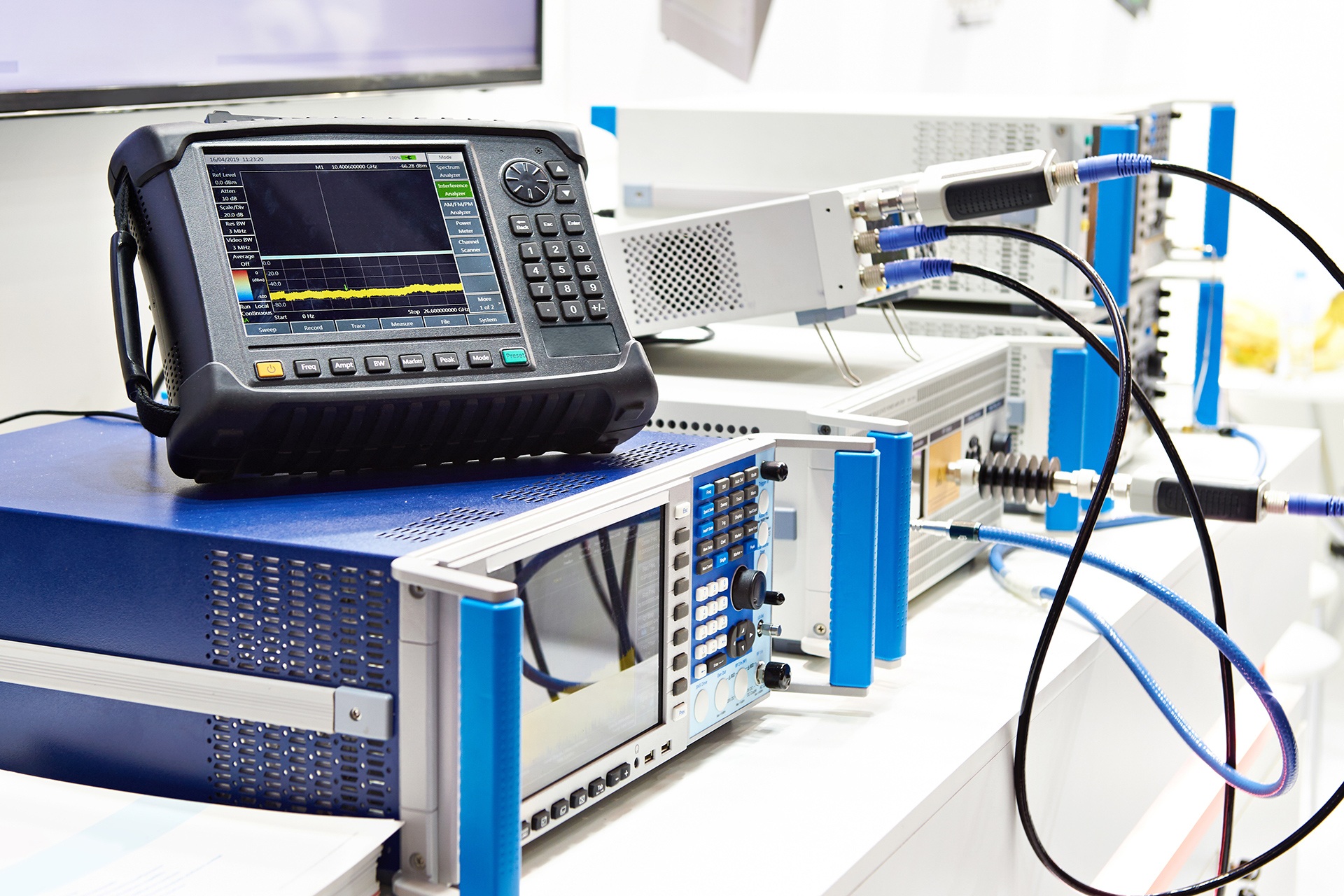You have actually probably heard the terms calibration, confirmation, and adjustment used interchangeably in your workplace, but they're actually three distinctive processes that serve different functions in keeping measurement accuracy. If you are accountable for quality assurance or instrument management, blending these principles can bring about compliance problems, pricey mistakes, and unreliable data. Comprehending when to use each process-- and why-- can transform how your organization comes close to measurement stability and regulatory compliance.What Is Calibration and Why Does It Matter?Precision drives every reputable measurement system, yet even one of the most sophisticated instruments wander from their designated accuracy with time. That's where calibration ends up being essential.You're essentially comparing your test and measurement instruments against recognized referral requirements to establish their precision. This process doesn't entail making adjustments-- it's simply about documenting just how your equipment performs versus developed benchmarks.Calibration issues because it makes certain measurement traceability to national criteria, which is crucial for maintaining quality in your procedures. When you collaborate with approved calibration laboratories adhering to ISO IEC criteria, you're developing confidence in your data.This documentation ends up being crucial for mechanical calibration regulative compliance and quality control programs. Unlike verification or change, calibration offers the fundamental expertise concerning your instrument's current performance status.The Duty of
Confirmation in Quality Assurance While calibration tells you just how your instrument does, verification confirms whether that efficiency satisfies your specific requirements.You'll use confirmation as a quality assurance checkpoint to ensure your instruments keep appropriate precision degrees between official calibration services. This process involves comparing your instrument's dimensions versus understood standards to confirm it's still running within your well established tolerances.Unlike approved calibration, verification does not require comprehensive documents

or certificates. You're simply confirming your testing instruments have not wandered past acceptable limits.This structured process assists you capture measurement problems early, stopping pricey quality troubles downstream. By implementing normal verification timetables, you'll preserve confidence in your measurement process while expanding intervals in between official calibrations.Verification acts as your very first line of protection in preserving measurement integrity.When and Exactly how to Perform Instrument Adjustments When your verification results program measurements dropping outside acceptable resistances, you'll require to execute instrument modifications to recover accuracy.These changes entail physical or electronic alterations to your measuring equipment to bring analyses back within specifications.Before making changes, you'll want to identify the source of deviations via systematic troubleshooting.Document all adjustment procedures and validate results right away afterward.If your instruments require complex modifications beyond your capabilities, contact accredited instrument calibration services or calibration and repair services.Professional high quality calibration services offer ISO IEC accredited calibration with extensive customer services support.They'll carry out precise adjustments making use of certified referral criteria, guaranteeing your precision measurements satisfy industry requirements.Key Distinctions onsite pressure gauge calibration In between These Three Critical Procedures Although these 3 procedures work together to ensure measurement precision, calibration, confirmation, and modification
offer definitely various purposes in your quality control system.Calibration services establish traceability by comparing your measuring equipment
versus accredited recommendation standards, normally executed by certified calibration laboratories complying with ISO 17025 requirements.Verification confirms your laboratory instrument fulfills defined resistances without making changes, essentially examining if it's still within acceptable limits.Adjustment includes physically modifying your equipment's setups to correct inconsistencies and recover accuracy.You'll need certified calibration for legal compliance and precision measurements, confirmation for regular quality checks, and modification just when dimensions wander past specifications.Quality calibration services handle the complicated traceability demands, while you can usually carry out confirmation and adjustment in-house for your test and measurement activities.Best Practices for Execution in Your Organization Because your company's measurement accuracy depends upon methodical implementation, you'll need to establish clear procedures that define when and just how to carry out calibration, confirmation, and adjustment activities.Start by partnering with recognized calibration services that meet your industry's compliance demands. Create documented procedures defining measurement intervals, precision tolerances, and choice standards for each and every process.Train your group to identify
when confirmation confirms acceptable efficiency versus when change comes to be required. Execute a durable metrology management system that tracks instrument backgrounds and schedules preventive maintenance.Establish clear functions and responsibilities, making certain staff recognize these aren't compatible processes.Following these finest techniques
guarantees your organization preserves measurement honesty while optimizing expenses and lessening downtime via strategic implementation of all three essential processes.Conclusion You'll accomplish optimal instrument performance by applying calibration, verification, and modification as corresponding processes instead of standalone tasks. Do not treat them reciprocally-- each serves a distinctive objective in your quality management system. You're building measurement confidence through calibration's traceability, confirmation's validation, and change's precision adjustments. Begin recording these processes systematically, and you'll preserve regulatory compliance while preventing costly quality issues that can affect your company's track record and profits.